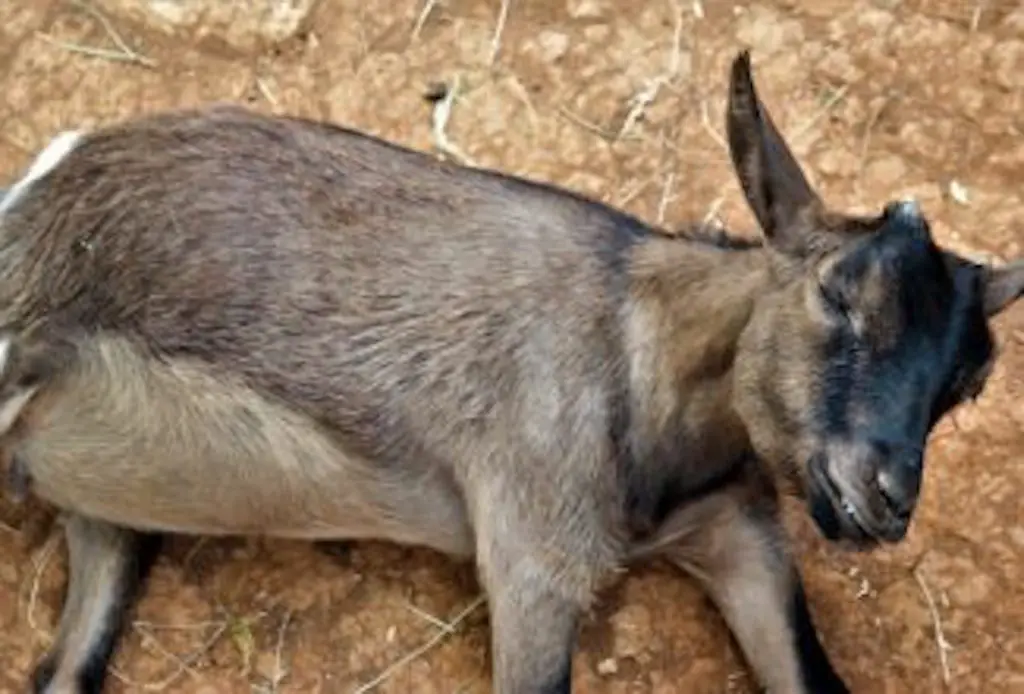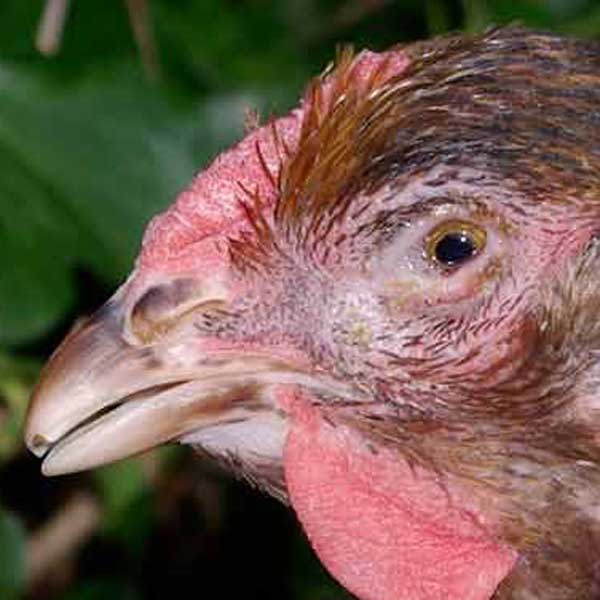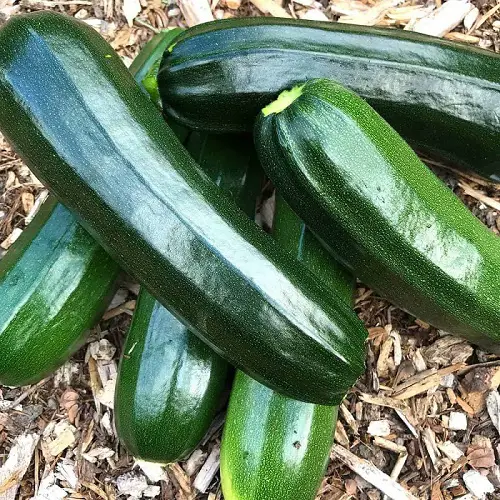In animal husbandry, the raising and breeding of goats is increasing in popularity. Goats are easy to maintain and are very excellent farm animals. Derived from the species of Capra aegagrus (wild goats), domesticated goats (Capra hircus) are kept principally for meat, milk and hair production. However, the practice of commercial goat farming is still low, as a result most agricultural pharmacy researches are not focused on developing goat medicine. To aggravate the situation, it’s quite uncommon to find specific goat medicines labels and dosages among ruminants medication. The pharmacokinetics of goats is different to that of other animals, and it is known that goats metabolize and eliminate anthelmintic compounds more rapidly from the blood compared to other animals hence they require varied doses of drugs to have an effective treatment outcome.
Pain in goats can be due to a variety of reasons like physical trauma, old age (osteoarthritis), viral infections like Caprine arthritis encephalitis or chlamydal arthritis. Goats are relatively tough animals that can deal with a lot of pain but sometimes you may have to give then some medication from aches and pain. Antibiotics are used to treat numerous conditions in goats, some are available by prescription while others are available over the counter. Goats have a strong metabolism, meaning antibiotics must be given every day for five consecutive days in order to have an effective injection or orally. Goats experiencing pain can be treated with non- steroidal anti-inflammatory drugs that relief pain.
Contents
Common Causes of Pain In Goats
Physical trauma induced pain
This is physical pain that is quite severe and persistent. This pain usually occurs when a goat is injured during fights, or hard hit by objects. The pain can be very persistent to more than normal healing time.
Old age (osteoarthritis) pain
Due to age, the protective tissues at the end of the bone (cartilage) gradually wear down and this will cause joint pain and stiffness.
Carprine arthritis pain
Also known as big knee. Commonly characterized with restricted goat movement and joint pains. This condition is most common in dairy goats.
A wrong medicine is much fatal than the disease to be cured, therefore goat farmers need to be acquainted with various goat pain medication in order to administer an effective treatment.
Types of Goat Pain Medication
Goat pain medication has got two main categories and these are:
Local anesthetic
This is goat pain relief medication that causes absence of pain sensation. This goat pain medication will target a specific location of the body. These drugs can be injected or given topically and they act by inhibiting excitation of nerve endings or by blocking conduction in peripheral nerves that transmit the feeling of pain from the point of administration to the brain. These drugs are most preferred to reduce acute pain.
Non-steroidal anti-inflammatory drugs (NSAIDS)
NSAIDs are a group of drugs that work like corticosteroids but have fewer side effects than steroids. NSAIDs are therapeutics which has an anti-inflammatory mode of action as well as antipyretic (fever reducing) and analgesic (pain relieving) effects. These drugs have longer acting effects than local anesthetic and can go up to 72 hours in some cases
The medications can be found over the counter and others need a prescription from the veterinary. Both medications will be discussed in this article:
Ibuprofen- over the counter drug
Coming in form of tablets, ibuprofen is both a pain killer for goats and an anti-inflammatory drug and can be a drug of choice in fever reduction. The dosage for goats is usually higher than that of other ruminants due to their metabolic processes that differ with others. A double dose than that of humans is the recommended dosage and withdrawal period is 24 hours for milk animals. It is advised however, to use ibuprofen in goats when other medications like aspirin have been exhausted. Ibuprofen is a strong medication hence must be used with caution as overdose might result in kidney failure and gastric ulceration.
Aspirin-over the counter drug
This is an anti-inflammatory and antiplatelet drug that works by inhibition of prostaglandins. It’s an over the vounter goat pain medication. During an infection, injury, arthritis or joint pain, aspirin is the drug of choice for goat pain relief. Because goats have an ability to rapidly metabolize any medication, higher dosages of Aspirin when administered may be required. However, the dosage might depend with the severity of the goat pain and with the size of the goat. Treatment of the goat with aspirin must be continued as long as the goat is in pain, but must not exceed three consecutive days. 100 mg/kg orally of aspirin is the recommended dosage for goats, however an overdose of Aspirin can cause intestinal and stomach irritations. It is recommended to discontinue use of aspirin if signs of abdominal pain or blood in feces occur in goats. The withdrawal time for both meat and milk goats is 24 hours.
Ketoprofen (KETAFLAM) –need prescription from vert officer
Ketoprofen is used effectively for musculoskeletal inflammation, fever and pain reduction in goats. The drug can be given by injection for acute treatment and by tablet for long-term use. It acts by inhibiting the body’s production of prostaglandin and has both analgesic and antipyretic effects. The recommended dosage for ketoprofen in goats is 3 mg/kg body weight (1 ml/33 kg BW), Intramuscularly, Intravenously or SC route, once daily for 3 to 5 days. The withdrawal time only applies to goats kept for meat at 4 days (IM route) and 1 day (IV route). Common side effects of ketoprofen in goats are ulceration of the tract and a drop in the count of red blood cells due to bleeding
Banamine (FluMeglumine)-need prescription from vert officer
This is a non-steroidal anti-inflammatory drug and cyclooxygenase inhibitor. It is a very effective analgesic and antipyretic drug that relieves pain in goats and soreness associated with animal bites and other injuries. The drug is mostly found as five per cent injection. Banamine should not be used more than 3 times and it is advisable to use this goat pain medication once in 3 days. An overdose of banamine might cause permanent damage to the liver and the kidneys hence farmers need to be very cautious when administering this drug to goats. The recommended dosage is 1ml/4.5kg body weight and the withdrawal period is 5 days for meat goats and 1 day for milk goats.
Dexamethozone- needs prescription from vert officer
A cortico-steroid that must be used under the direction of the vert. Dexamethozone is used for swelling and inflammation after infection is under control. It is also regarded as an anti-inflammatory and a pain reliever in goats, and can be used to induce labor. Dexamethozone usually suppresses the body’s immune system hence must be used together with an antibiotic. The drug is not recommended to use where broken bones exist since it interferes with bone repair. Recommended dosage for the drug is 1-2.5ml/9kg body weight. Dexamethozone requires a withdrawal period of 8 days for meat goats and 3 days at least for milk goats. Common side effects of dexamethozone include muscle atrophy, immunosupression and delayed wound healing.
Metamizole sodium- need prescription from vert officer
A non-steroidal anti-inflammatory drug and a very powerful goat painkiller and fever reducer, however it was mostly used long back. Metamizole act by preventing synthesis and release of PGE in anterior hypothalamic neurons, restoring body’s normal response so that normal temperature is restored. Metamizole is administered by intravenous or intramuscular injection and the recommended dosage is 1ml/10kg body weight. Common side effects of metamizole in goats include weight loss and hepatosplenomegaly (enlarged spleen).




